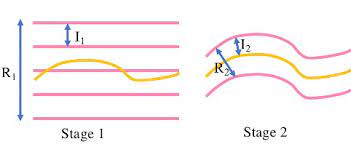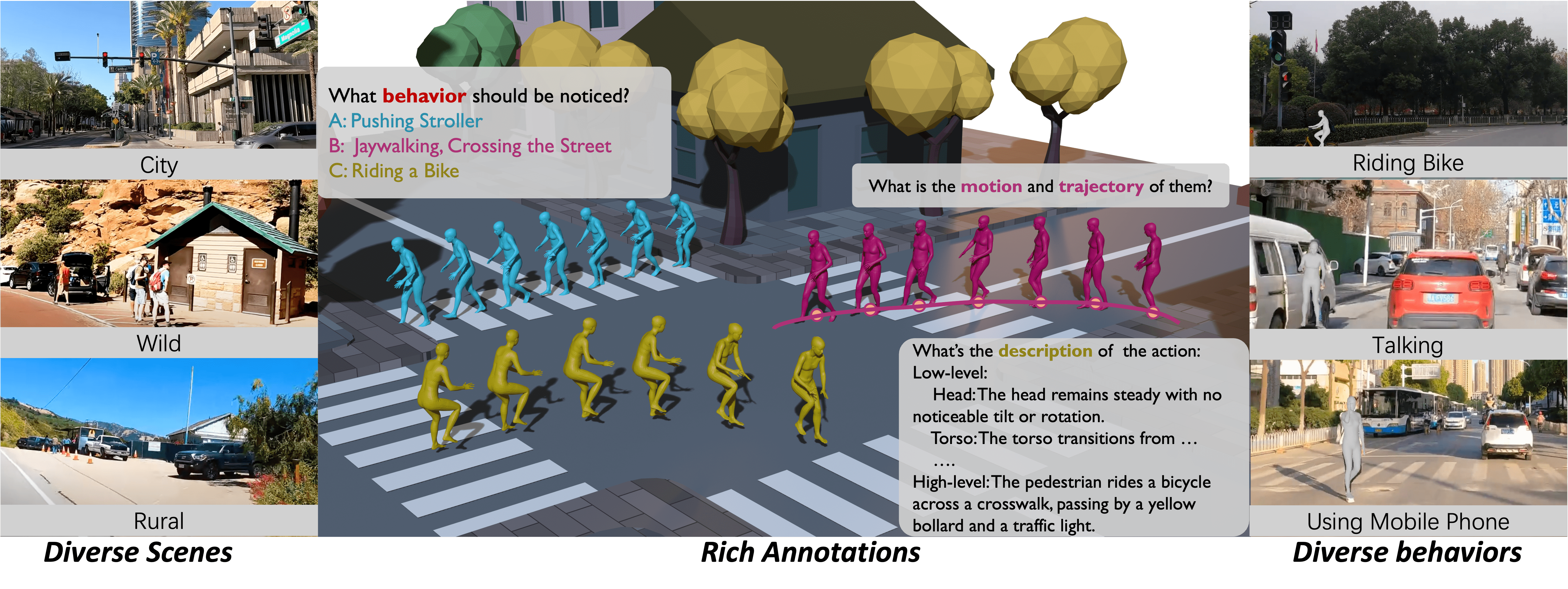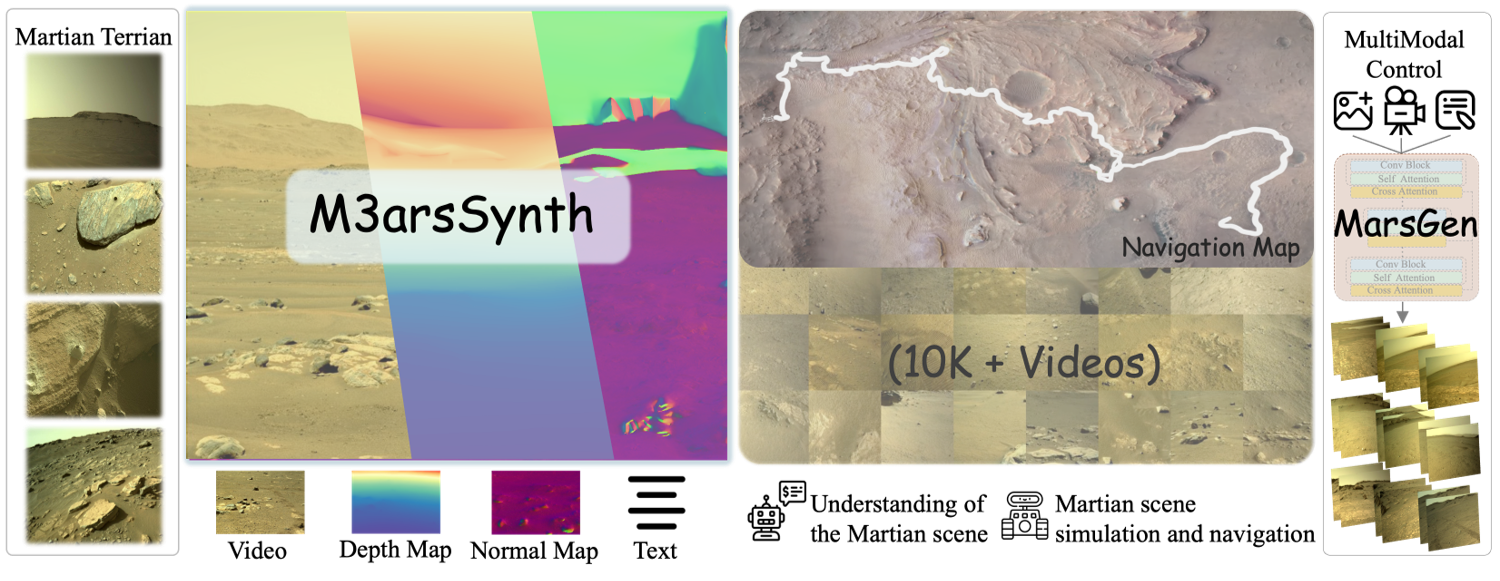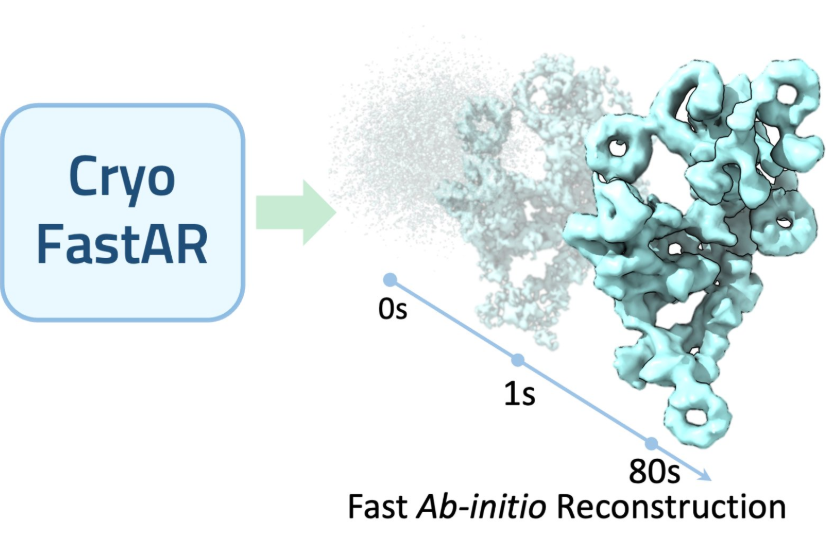About Me
I am an Assistant Professor in the Department of Electrical and Computer Engineering at Texas A&M University. I'm recruiting ENERGETIC students (regardless of research background) for Fall 2026 PhD cycles and US-based internship opportunities. Please email me your resume along with a one-page research plan to apply.
For more details, please visit our group homepage.
Recent News
- (2025): Accepted papers include 2 at ICLR, 2 at CVPR, 2 at ICCV, and 2 at NeurIPS.
- Four workshops will be held at CVPR 2026 in Denver, covering these topics: End-to-End 3D Learning; Foundation Models Meet Embodied Agents; Multi-Agent Embodied Intelligent Systems in the Agentic AI Era: Opportunities, Challenges, and Future Directions; and 3D Geometry Generation for Scientific Computing.
- Named as Top Area Chair for NeurIPS 2025.
- Our paper VLM-3R received the Best Paper Award at ACM MM 2025’s Multimodal Foundation Models for Spatial Intelligence Workshop.
- We won 3rd place in the ICCV 2025 COGS Challenge for Compact 3D Representation.
- I will serve as the Area Chair for ICLR 2026. Our paper VideoLifter received the Best Paper Award at CVPR 2025’s AI for Content Creation Workshop.
- We are organizing End-to-End 3D Learning workshop at ICCV 2025.
- I will serve as the Area Chair for NeurIPS 2025.
- Our ICLR'25 (4K4DGen) is selected as spotlight presentation.
- (2024): Accepted papers include 2 at CVPR, 3 at ECCV, 1 at IROS, 1 at AISTATS, and 3 at NeurIPS.
- Our NeurIPS'24 (LightGaussian) is selected as spotlight presentation.
- Our Symbolic Visual RL was accepted by IEEE Trans. PAMI.
- Our IROS'24 (Multi-modal 3DGS SLAM) is selected as oral pitch finalist presentation.
- Our CVPR'24 (Feature-3DGS) is selected as highlight presentation.
- (2023): Accepted papers include 1 at ICLR, 1 at CVPR, 2 at ICCV, and 2 at ICCAD.
- Our CVPR'23 (NeuralLift-360) is selected as highlight presentation.
- (2022): Accepted papers include 1 at 3DV, 2 at CVPR, 3 at ECCV, and 2 at NeurIPS.
- I was one of the awardees of the Qualcomm Innovation Fellowship (North America) 2022 (QIF 2022). Innovation title: "Real-time Visual Processing for Autonomous Driving via Video Transformer with Data-Model-Accelerator Tri-design".
- We won 3rd place in the University Demo Best Demonstration at the 59th Design Automation Conference (DAC 2022). We demo for a multi-task vision transformer on FPGA.
- Our CVPR'22 (CADTransformer) is selected as oral presentation.
- Our paper for CVPR'20 (Cascade Cost Volume) is selected as oral presentation.
Researches Interests
My research goal is to build spatial foundations for embodied and XR intelligence by developing world modeling systems from multimodal physical data.
Research Group
PhD Students
- Nuo Chen - PhD student, Computer Engineering.
Visiting Students and Interns
- Dayou(Edison) Li - PhD Student (joint with ME Department), Texas A&M University.
- Tracy Han - Research Assistant, Stanford University.
- Xinmiao Xiong - Master Student, University of Wisconsin–Madison.
- Lulin Liu - Senior undergraduate, University of Minnesota.
- Zihao Zhu - Senior undergraduate, Texas A&M University.
Selected Publications
Full publication list at Google
Scholar
* denotes equal contribution, † denotes project lead.
World Modeling
Spatial VLMs
Generative Models
Digital Human
AI for Science
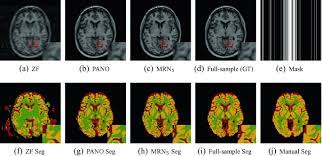
Others
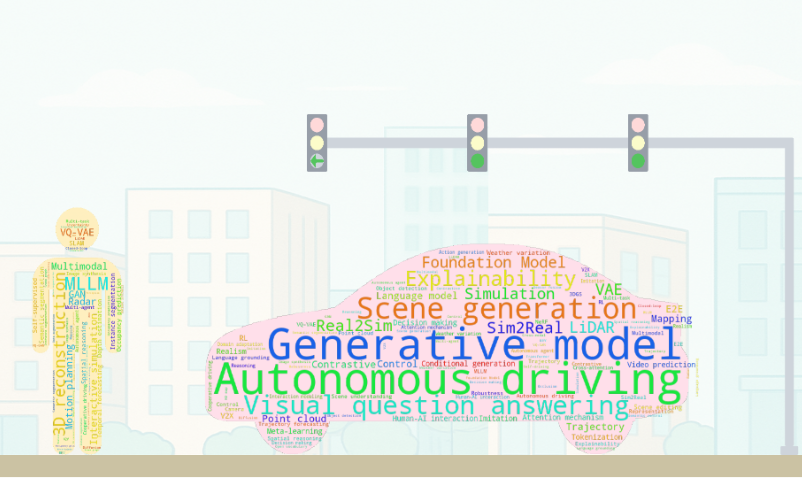
Services
-
Area Chairs/Associate Editor:NeurIPS, ICLR, IEEE Transactions on Circuits and Systems for Video Technology, The Journal of AI Research (JAIR).
-
Organizer:End-to-End 3D Learning; 3D Geometry Generation for Scientific Computing; Multi-Agent Embodied Intelligent Systems in the Agentic AI Era: Opportunities, Challenges, and Futures; and Foundation Models Meet Embodied Agents.
Student Mentoring
- Kevin Wang (Undergraduate Student @ UT Austin → PhD Student @ UT Austin)
- Hanxue Liang (Graduate Student @ ETH → PhD Student @ Cambridge)
- Renjie Li (Graduate Student @ Tsinghua → PhD Student @ TAMU)
- Chenxin Li (Graduate Student @ XMU → PhD Student @ CUHK)

